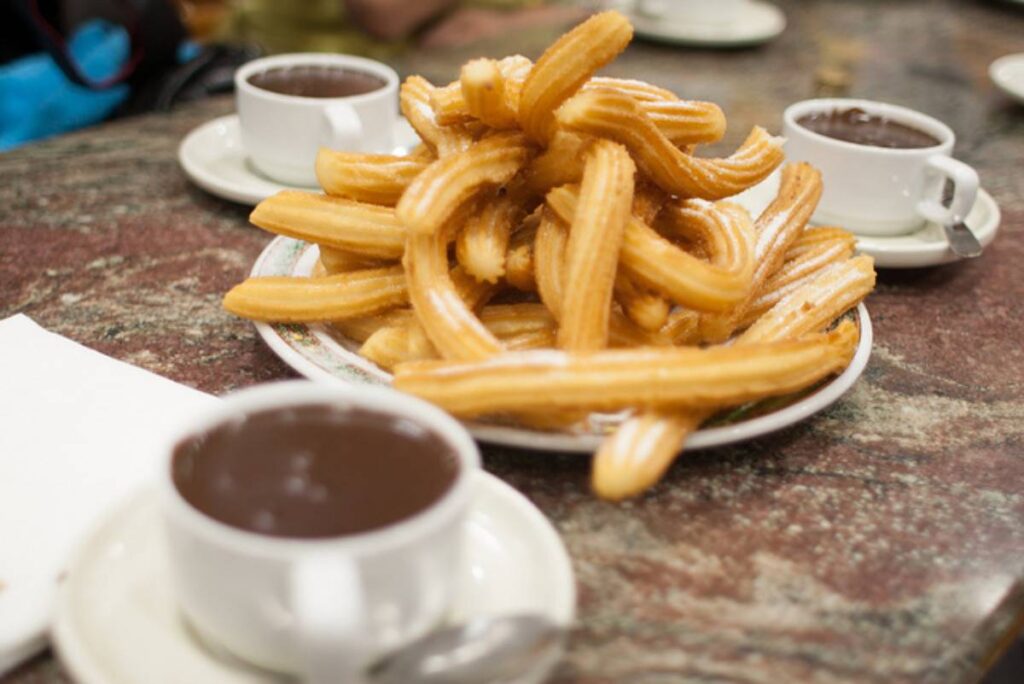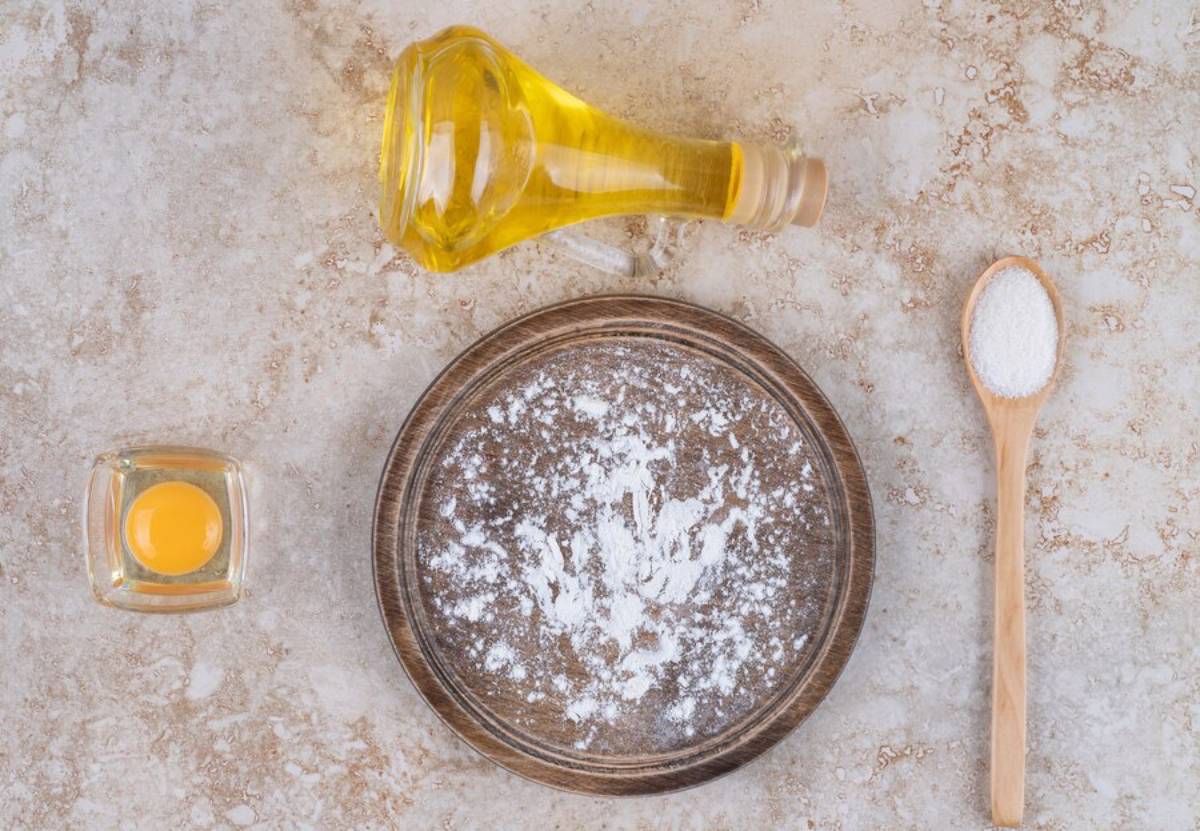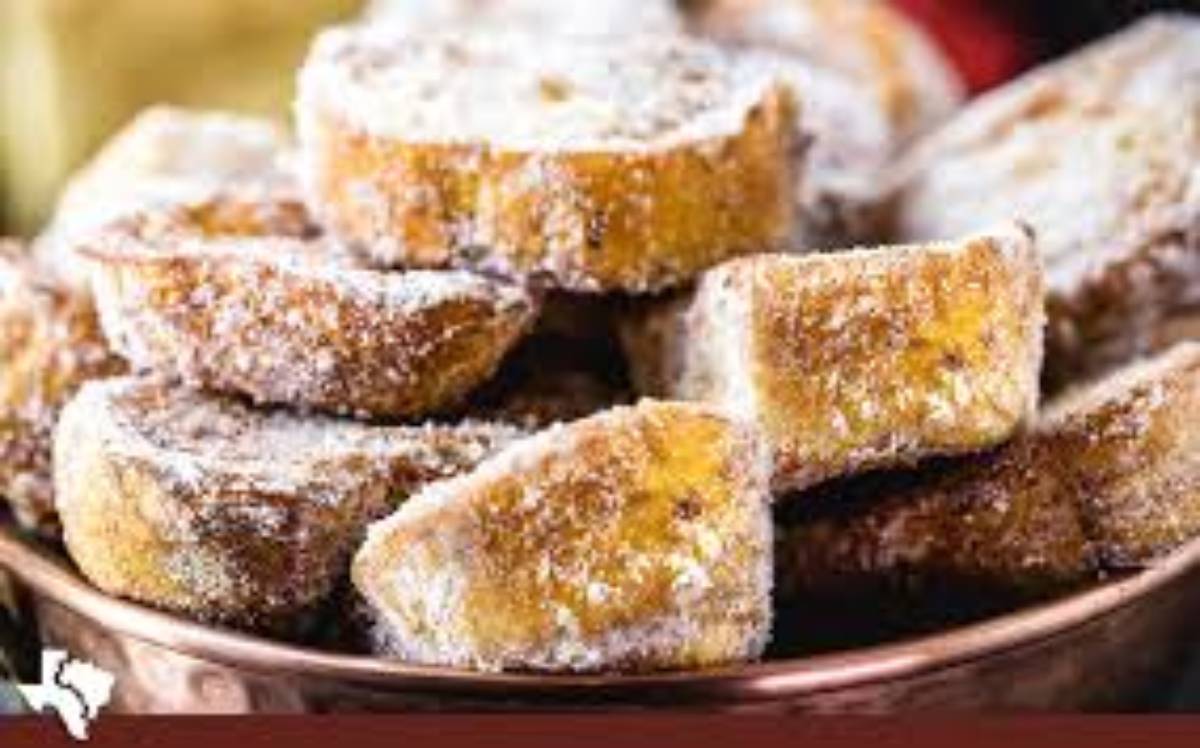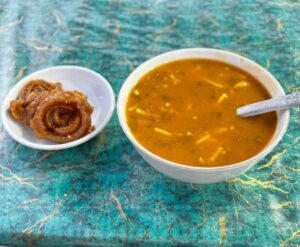The Food & Recipes Blog

Churros Around the World: From Spain to South America
Few desserts evoke the same excitement as churros — those golden, crispy, sugar-dusted sticks of delight. Originally from Spain, churros travelled across oceans and cultures to establish themselves as an iconic fixture of South American street sweets, with a local twist throughout the continent. But the addictive crunch goes deeper; it’s a rich cultural journey with roots in tradition, migration and shared cravings.
In this blog, we will follow the churros recipe from its Spanish origins to its different interpretations in Latin America. Whether a dessert aficionado or a curious traveller, you’ll learn the delightful history, regional variations, and tips for recreating these treats at home.
Here’s a globe-hopping tour of treats made with sugar and cinnamon.
The Origins of Churros: A Spanish Staple
From Shepherd’s Snack to Street Sensation
Churros are widely thought to have been introduced to Spain by Portuguese sailors who made their adaptation of a Chinese fried dough pastry called youtiao. Spanish shepherds later popularised the treat, using portable frying pans to cook the dough over open fires.
These primitive Spanish desserts were straightforward — simple to prepare and filling — that eventually evolved into the churros we know now, served with chocolate as thick as mud for the dunking. In Spain, churros are typically thinner, ridged, and either straight or slightly curved, often enjoyed as a breakfast item.
The Classic Spanish Churros Recipe

Traditional Spanish churros are made with:
- Flour
- Egg
- Salt
- Olive oil
Unlike their sweeter South American counterparts, Spanish churros are often unsweetened until they meet a dusting of sugar post-frying. They are crisp on the outside and light on the inside—perfectly engineered for dipping.
Churros in South America: A New World Evolution
A Treat With a Twist
When Spanish colonisers brought churros to Latin America, the recipe was warmly embraced but creatively reimagined. Across South America, churros have taken on a life of their own—stuffed, glazed, and loaded with regional flair.
Let’s explore some standout versions:
Argentina: Dulce de Leche Dreams
In Argentina, churros are synonymous with indulgene. Often filled with thick, caramel-like dulce de leche, these treats are sold by beachside vendors and street carts, particularly during the summer.
Interesting Fact: Churros are a beachside tradition in coastal cities like Mar del Plata, with vendors calling out their offerings to sunbathers.
Brazil: Sweet Meets Savoury

Brazilian churros, known as churros redheads, often come filled with:
- Dulce de leche (doce de leite)
- Chocolate ganache
- Guava paste (goiabada)
They’re commonly sold by street vendors, especially in São Paulo and Rio de Janeiro. Some even offer savouryversions with cheese fillings—highlighting Brazil’s love for flavour fusion.
Mexico: Cinnamon and Chocolate Heaven
The Mexican version is probably the most familiar churro in North America. Liberally coated in cinnamon sugar and served hot from the fryer, it’s a street-food staple. Vendors sometimes mould it into loops or spirals.
Many pagans are served with champurrado, a thick Mexican hot chocolate made from masa, cinnamon and chocolate — a rich accompaniment to the crackly dough.
Chile and Peru: Mini and Mighty
In Chile and Peru, churros are often mini-sized and perfect for on-the-go munching. Peruvian vendors may fill them with fruit jams or custards, while in Chile, vendors at festivals and fairs offer churros with generous fillings and sugary coatings.
Churros Beyond the Americas: A Global Sweet Tooth
Though churros are rooted in Spanish and South American tradition, they’ve become international stars at theme parks, food trucks, and fusion restaurants worldwide.
United States
Churros gained popularity in the US through Mexican-American communities and Disney parks. Today, they’re a beloved snack at fairs and sporting events, often dipped in chocolate or caramel.
Philippines
In the Philippines, churros are often served with a Spanish-style hot chocolate, a colonial culinary influence still widespread in cafés today.
United Kingdom
Churros have entered British menus, particularly at food festivals and pop-up markets. While still considered exotic by some, their popularity is growing thanks to Instagram and foodie culture.
Making Churros at Home: A Simple Recipe
Basic Churros Recipe (Makes About 20)
Ingredients:
- 1 cup water
- 2 tbsp sugar
- ½ tsp salt
- 2 tbsp vegetable oil
- 1 cup all-purpose flour
- Oil for frying
- ½ cup sugar + 1 tsp cinnamon (for coating)
Instructions:
- Boil water, sugar, salt, and oil in a saucepan.
- Add flour all at once, stirring until the mixture forms a ball.
- Transfer to a piping bag fitted with a star tip.
- Heat oil to 190°C (375°F). Pipe dough into the hot oil in 10 cm strips.
- Fry until golden, about 2 minutes per side.
- Drain on paper towels and roll in cinnamon sugar.
Optional: Fill with dulce de leche using a piping bag or serve with hot chocolate for dipping.
Tips for Success
- Use a star nozzle for the classic ridged texture.
- Do not overcrowd the pan, which can lower the oil temperature.
- Serve immediately for the best crunch.
Cultural Significance: More Than Just a Snack
A Symbol of Community
Across cultures, churros are tied to celebration and community. In Spain, they’re a New Year’s Day tradition. In South America, they’re central to summer outings and public gatherings.
Street vendors, in particular, play a vital role in the churro’s story—preserving traditions while making them accessible to all.
Food as a Cultural Bridge
Churros showcase how a simple dish can cross borders and adapt to local tastes without losing its essence. From its rustic Spanish beginnings to the bustling streets of Buenos Aires or Lima, the churro reminds us that food is both history and innovation.
A Global Treat Worth Sharing
From humble origins to sending licked fingers off into the sunset, the churro spans time and taste. Whether stuffed with dulce de leche, oven-dipped in chocolate or served plain and hot, it speaks a common language: joy.
As you’ve seen, churros are more than fried dough. They’re a cultural mosaic, a curbside ritual and a tasty connection between continents. Want to know more about flavour fusion? Read our blog!
Why not try a batch at home or seek out a local vendor? You might just find a new favourite twist on an old classic.









